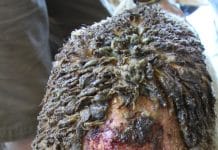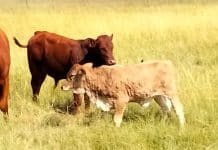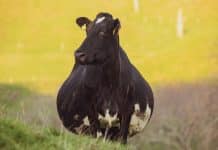Estimated reading time: 6 minutes
“A farm can never stand idle – renewal and adjustments are an ongoing and constant process. A producer who does not keep abreast of the latest developments will shoot himself in the foot. When I look at the systems my father used and the systems that are in place today, the difference is vast.”
According to John Becker, a commercial Dorper farmer from the Upington area, precision farming is integral to his sheep farming enterprise.
“My father loved trying new things and I was always on the lookout for ways to improve our farming. One of the best improvements I employed was precision farming. One day, I attended a course presented by the late Dr Jasper Coetzee and realised that if I wanted to progress and make a profit, I would have to apply precision methods on my farm,” he says.
Sheep production: Through yesteryear into the future
Livestock farmers attending the course talked among each other about their decreasing lambing percentages and blamed the Dorper for its poor fertility. “At the time, I also thought that if I pursued conformation and added more meat, I would make a profit. That, however, turned out to be a mistake as fertility was lost in the process.”
Dr Coetzee explained to the producers how to correct fertility without losing conformation. John put his advice to good use and within five years he still had beautifully broad sheep, but the infertile ones were eliminated. “I learned that a higher lambing percentage produces more kilograms of meat than good conformation.”
Benefits of precision farming
John believes that every livestock farmer will formulate the definition of precision farming differently. For him, it is all about the calendar. For example, there are dates on which a ewe must become pregnant and dates on which she must wean her lamb and then put on weight to become pregnant again. “If she fails to do this within that time, she must be removed from the system and for that you need data. You need to know what each ewe on the farm is capable of.
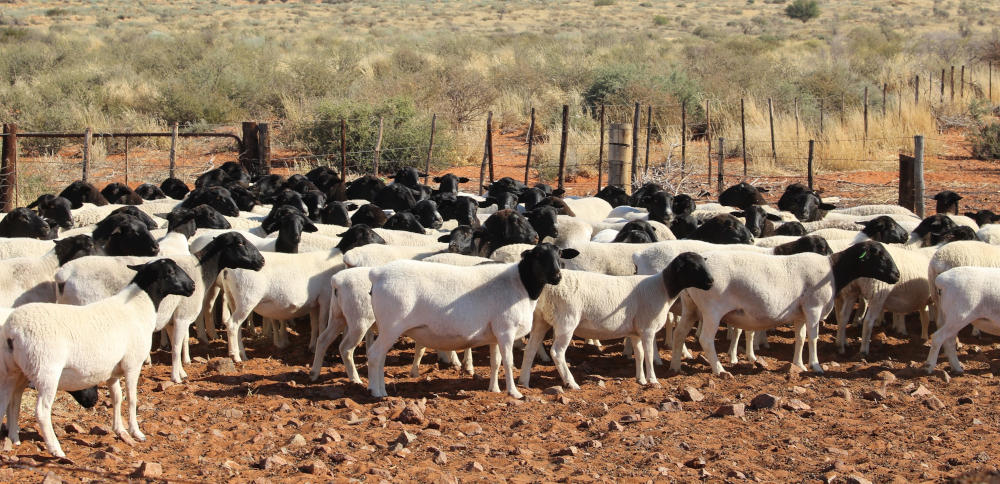
“Of course, I also have to help my ewes and it is important to give them the right licks at the right times – just enough to keep them in optimal condition. This ensures that ewes are covered at the right time and later rear their lambs well.”
He moved away from stud auctions entirely and prefers veld ram auctions, which include figures indicating how the animals performed over a period of time. Index figures give a good indication of what can be expected of the rams. “Precision farming forces you to create the expectation that the ewe will lamb again.”
“During the three-year-long drought, my lambing percentage never dropped. While I had to get rid of some ewes to protect the veld, the percentage of lambs I received were the same as in previous good years. It also allows me to make a good estimate of how many lambs I can expect from my available ewes, and draw up my budget accordingly.”
A system that works
John’s ewes are divided into four groups, ensuring lambs all year round. “Because I have four groups of ewes, my income is also evenly distributed throughout the year,” he says.
These four groups mean he needs only 18 rams for 1 600 ewes. The rams are put with each flock of ewes for only 38 days a year. Before the rams go to the ewes, the ewes are properly examined to determine whether there are any lumps on the udders or if their claws are not too long – claws tend to grow out very long in the Sandveld.
Once they’ve been with the rams, the ewes are scanned and those that are not pregnant are put with the next group and given another opportunity. The rams are given a chance to rest between work sessions and the ewes are mated only once in ten months. The lambs are taken to the abattoir at a minimum weight of 38kg, where they usually record a slaughter percentage of around 47%.
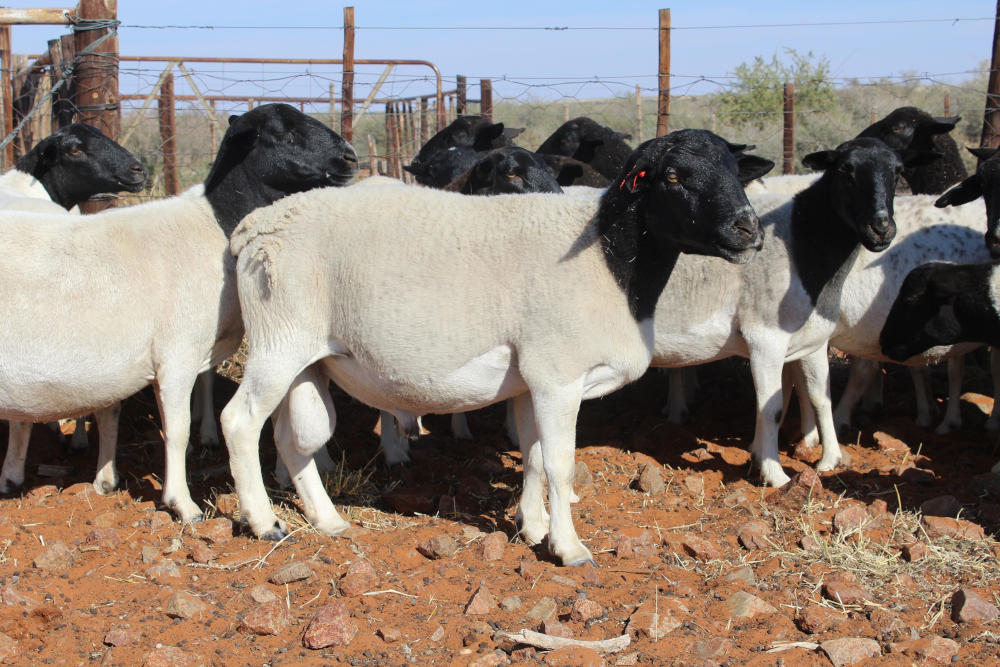
“In this system it takes 150 days before I market the lambs. Because the ewes are stronger and able to suckle the lambs better, the lambs become market-ready quicker and can be taken away from the mother.”
Because the ewes lamb together, it is easier to spot diseases among them. Since the lambs are all the same age, they are also marked at the same time.
Feedlot preparation
To prepare his lambs for the feedlot, he starts with creep feed pens in which the lambs learn to eat pellets. They receive creep feed for 90 days while still with their mother.
Two weeks before lambing, the ewes receive a protein lick for nine weeks. At this stage the ewes’ udders are round and healthy, and the lambs are getting enough good quality colostrum and milk for excellent growth. “While this is an expensive lick, the ewes are given 300g of it per day and then again a week before they are put with the rams. For the rest of the year they have to take care of themselves in the veld. This way I save a lot on lick expenses,” says John.
Before he started following this route, the lambs took up to 300 days to reach their marketable weight. They also added very little meat, as they were not used to the feed pellets. The system he now follows teaches them to eat pellets from an early age and put on enough meat from the start.
Because grazing is not always plentiful and the Kalahari isn’t blessed with rain every year, John decided to save 10% of his land as part of his grazing programme. There are no ewes on that land and it is used only to round off the lambs.
Farming in the Kalahari is no easy feat. After the rain season the veld is very nutritious but as soon as the first frost appears, its carrying capacity decreases dramatically. This is why his grazing programme must be set up in a way that frees up the best land for rounding off the lambs.
Precision farming allowed him to cut his feed costs substantially and, along with the higher lambing percentage, grew his income. Although precision farming initially cost him a few rand, he was able to recover his initial costs in the second year. The fertility in his herd is higher, the marketing weight of his lambs has increased, and he can market them earlier. In short, John now farms much more profitably.
For more information, contact John Becker at 072 149 3837 or email elizebecker3@gmail.com.




